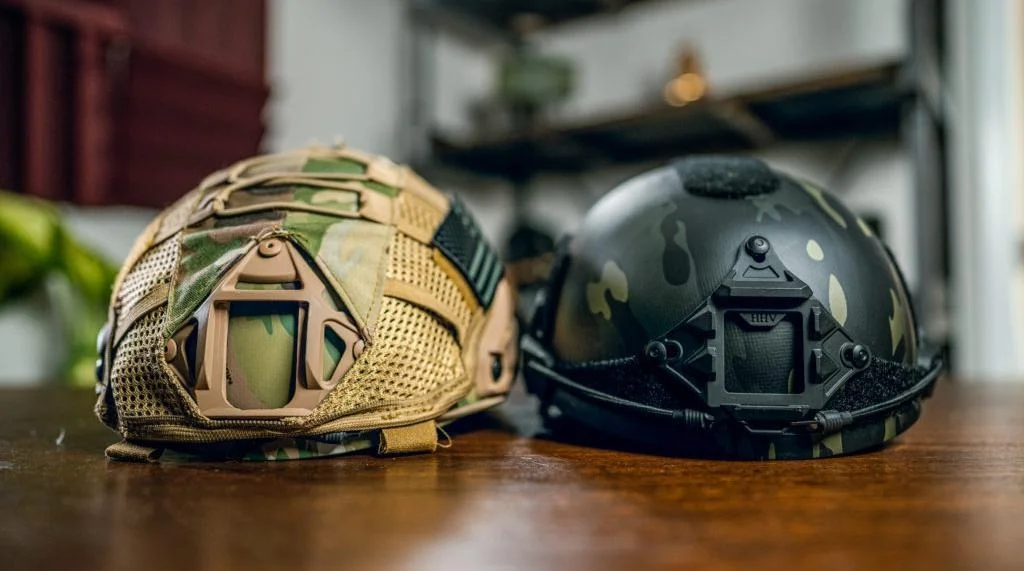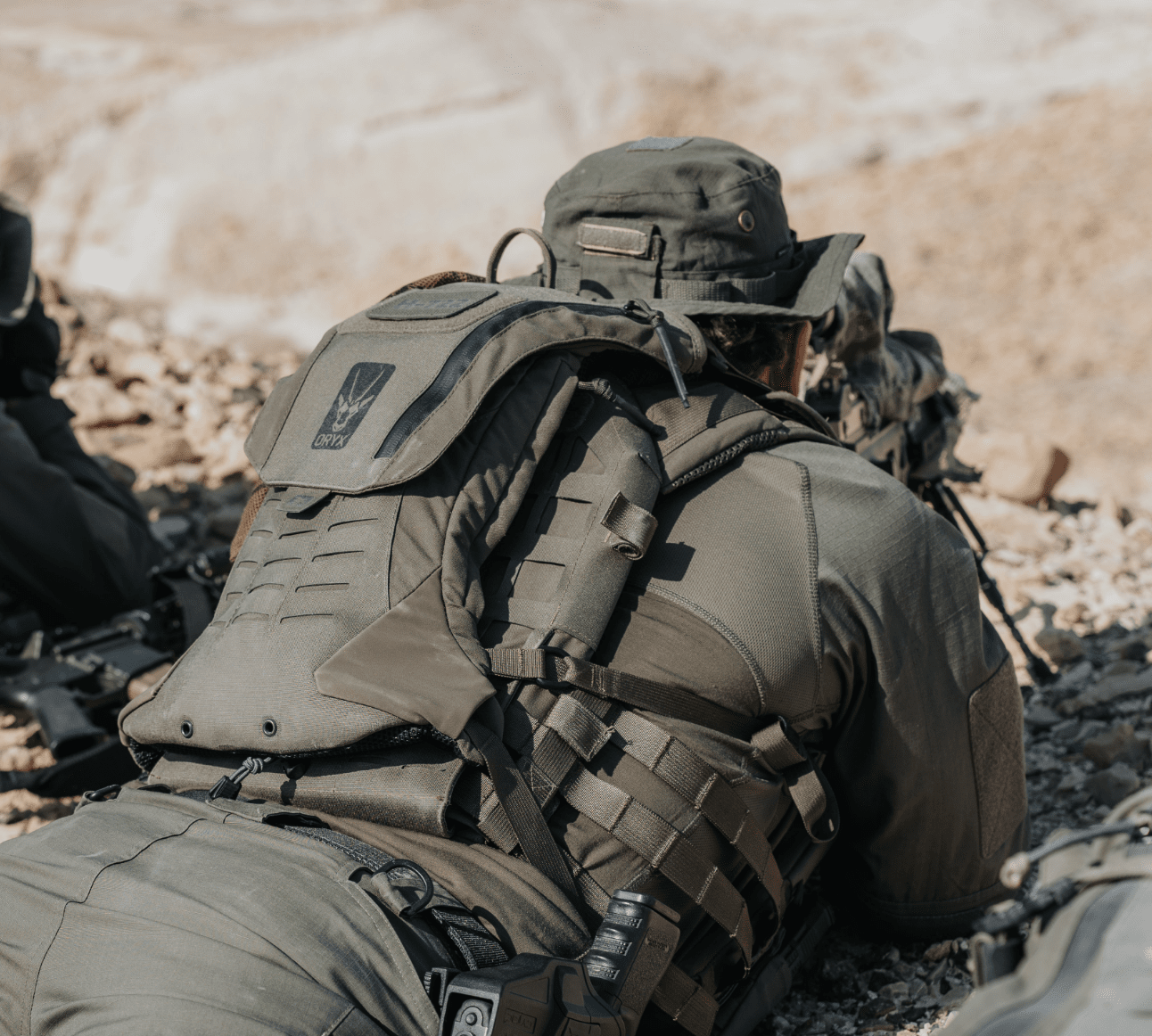When it comes to military operations, one of the most crucial elements is the camouflage uniforms worn by the soldiers. These uniforms not only serve the purpose of protecting the personnel but also play a significant role in concealing their presence from the enemy. Military camouflage uniforms have evolved over the years, incorporating advanced technologies and designs to enhance their effectiveness.
The Importance of Camouflage Uniforms
Camouflage uniforms are designed to blend in with the surroundings, making it harder for the enemy to detect the presence of military personnel. The primary objective of camouflage is to disrupt the recognizable human silhouette and make the soldiers almost invisible to the naked eye. This helps in maintaining the element of surprise, allowing the military forces to strategize and execute operations more effectively.
Evolution of Camouflage Patterns
The development of camouflage patterns has come a long way since its inception. Initially, military camouflage uniforms featured simplistic designs such as the disruptive pattern material (DPM) used in World War II. However, with advancements in technology and research, modern camouflage patterns have become more intricate and effective.
Today, there are numerous types of camouflage patterns used by different military forces worldwide. Some of the popular patterns include woodland, desert, digital, and urban. Each pattern is specifically designed to cater to different terrains and environments, ensuring optimal concealment and protection.
Technological Advancements in Camouflage
As technology continues to advance, so does the field of camouflage. Military organizations around the world are investing in research and development to create innovative camouflage solutions that offer enhanced protection and stealth capabilities.
One such advancement is the incorporation of infrared (IR) technology into camouflage uniforms. IR technology helps soldiers stay hidden from thermal imaging devices commonly used by the enemy. This technology reflects the heat emitted by the body, making it difficult for the enemy to detect the presence of military personnel.
The Role of Camouflage in Different Environments
The effectiveness of camouflage uniforms varies depending on the environment in which they are used. Woodland camouflage is designed to blend in with forested areas, incorporating shades of green and brown to mimic the natural surroundings. Desert camouflage, on the other hand, features lighter tones such as tan and beige to match the arid desert landscapes.
Digital camouflage patterns have gained popularity due to their versatility. These patterns utilize a combination of pixelated designs to provide effective concealment in various environments. Urban camouflage is specifically designed for city environments, utilizing shades of gray and black to blend in with the concrete jungle.
The Future of Camouflage
As the battlefield continues to evolve, so will the camouflage uniforms. With advancements in technology, we can expect to see even more sophisticated camouflage solutions in the future. From adaptive camouflage that changes its patterns based on the surroundings to smart fabrics that provide additional protection, the possibilities are endless.
In Conclusion
Military camouflage uniforms play a vital role in modern warfare. They not only protect the soldiers but also ensure their ability to blend in with the surroundings, making them harder to detect by the enemy. With continuous advancements in technology, camouflage patterns and designs will continue to evolve, providing military personnel with enhanced protection and stealth capabilities.



